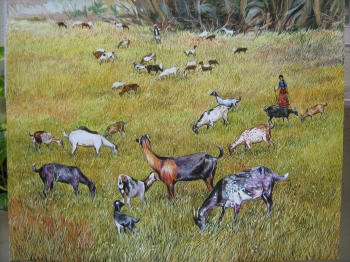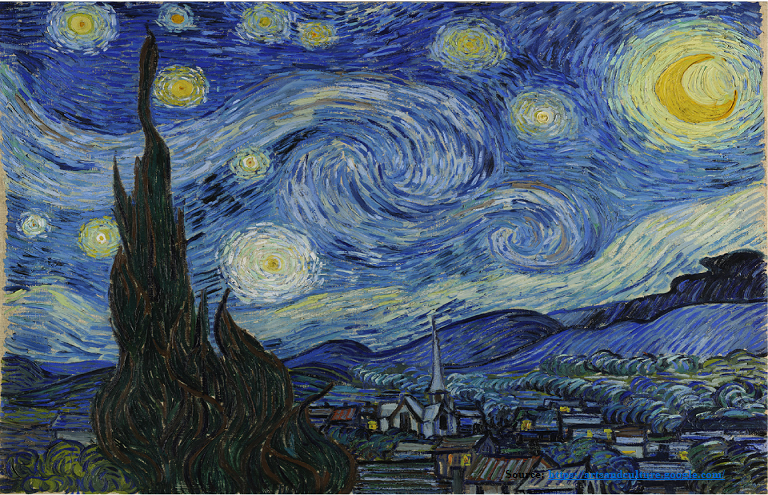
Part of the joy of appreciating art as well as painting in the 21st century is the wide range of available stylistic elements and forms of expression. The technological advancement including the invention of the metal paint tube, paint palette, evolution of photography, as well as radical changes in social conventions, politics, and philosophy, along with world events changed the way art was created. Influenced by these innovations, the late 19th and 20th centuries saw artists making quantum leaps in their painting styles. In fact, the artistic freedom that occurred in the final decades of the 19th century paved the foundations for the contemporary art world.
We have outlined eight major painting styles, some much more realistic than others. Knowing and learning about these diverse painting styles, you can experiment with different approaches and develop and nurture your own style!
-
Realism
Realism has been the dominant style of painting since the Renaissance movement.
Often regarded as ‘real art’, realism attempts to portray the subject of the painting as it appears in real life rather than being stylized or abstracted.
The artist puts a substantial amount of time and effort into creating an accurate depiction of life forms and objects, using a series of controlled brushstrokes of many hues and values. With paying attention to details, he/she uses perspective to create an illusion of space and depth, setting the composition and lighting effect in such a manner that the subject matter appears real in its true sense.
‘Bonjour, Monsieur Courbet’ or The Meeting (image below) is a realist painting by the leading proponent of Realism, Gustave Courbet. Another famous painting of this style is Leonardo da Vinci's ‘Mona Lisa’.
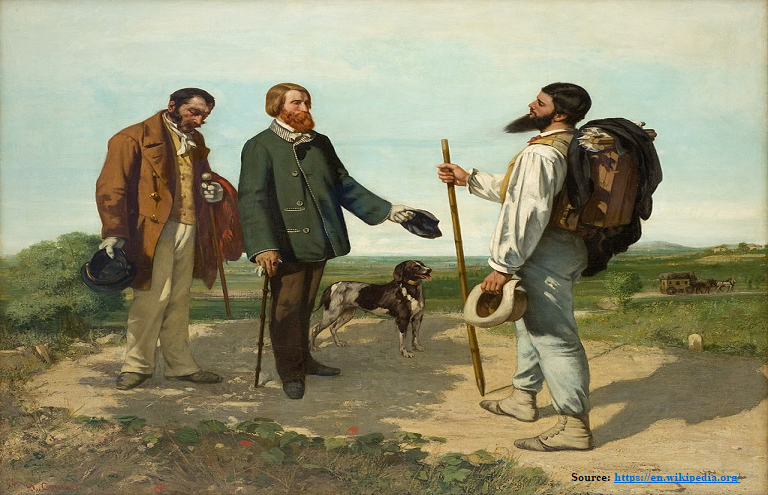
-
Impressionism
Emerging in the 1880s in Europe, this style of painting was characterized by relatively small, thin, yet visible brush strokes and open composition with an emphasis on accurate depiction of natural light in its changing qualities and unusual visual angles. Hence, impressionistic paintings were often painted outdoors to capture the effects of natural sunlight and the colour of the subjects.
The motif of impressionist painting is usually common everyday subjects, wherein artists attempted to capture light not through the detail using realism, but with gesture and illusion. However, the subject matters retain their realistic appearance but with a vibrancy about them, that the unique feature of this style. In other words, impressionist paintings are a representation of an artist’s impression.
Impressionism originated with a group of Paris-based artists such as Claude Monet whose efforts and contribution brought them to prominence during the last phase of the 19th century. An example of this art style is ‘Sunrise’ (image below) by Claude Monet.
It's hard to believe that when the Impressionists painters first showcased their artworks, most critics rejected, hated, and ridiculed it. What was then regarded as an unfinished and rough painting style is now loved, admired and revered!

-
Painterly
This style of painting emerged at the time of the Industrial Revolution in Europe during the first half of the 19th century. The invention of the metal paint tube allowed the artists to escape from the confines of their studio and taking inspiration directly from the world particularly direct light, who now began to focus on the painting? Hence, this art style emphasizes on the act of painting itself- the character of the brushwork and pigments.
Though the subjects were rendered realistically, no attempt was made to hide the technical work used to create the painting by smoothing out texture, edges or marks left in the paint by a brush or palette knife. In fact, this style involved the application of paint in a rather loose manner, resulting in the appearance of visible brushstrokes within the finished artwork.
The paintings of Henri Matisse are perfect examples of this style including ‘Vase of Flowers’ (image below).
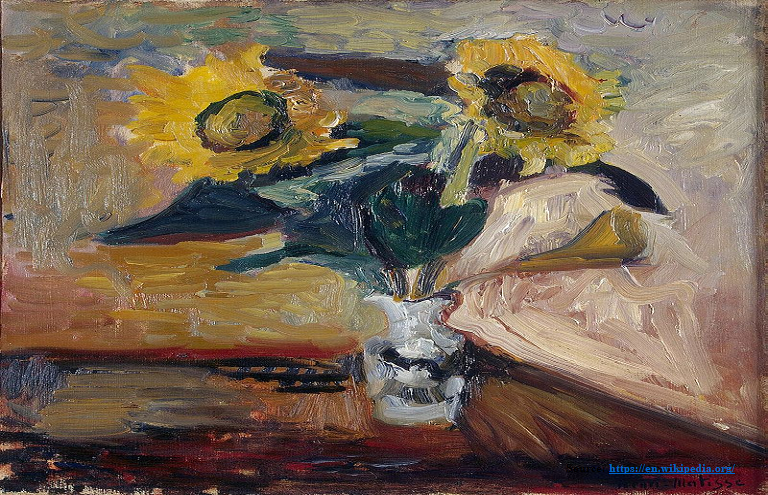
-
Expressionism
Originating during the turn of the 20th century, Expressionism developed as an avant-garde painting style before the First World War.
The typical trait of this style is to portray the world solely from a subjective perspective, rather distorting it radically for profound emotional effect in order to evoke feelings or ideas in the viewer.
Often characterized by the use of bold, unrealistic colours, Expressionist artists expressed the meaning of emotional experience rather than the physical reality of their subject matter. They chose not to depict objects as it exists, but how it feels or appears to them.
Famous Expressionist painter Edvard Munch sought to convey the grotesque and horror in everyday life with hyper-stylized brushwork and horrific images. He used this style in great effect in his most popular painting ‘The Scream.’ (Image below)
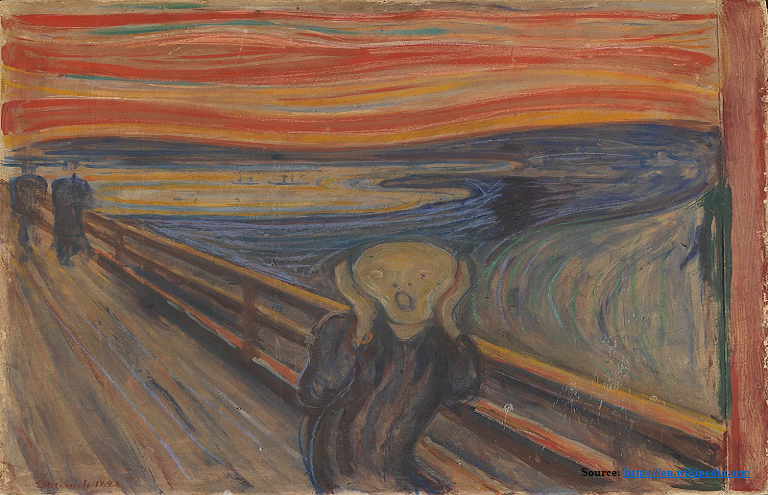
-
Surrealism
Best known for its visual artworks with the juxtaposition of uncommon imagery, Surrealism originated in France in 1917.
French writer Andre Robert Breton describes the aim of surrealism as “to resolve the previously contradictory conditions of dream and reality into an absolute reality, a super-reality or surreality.”
This modern art style of painting features fully recognizable images painted realistically but taken out of their normal setting and contexts, and reassembled in an ambiguous, paradoxical, uncanny framework. Hence, Surrealist paintings are often illogical, expressing imaginative dreams with visions that emphasize the subconscious rather than human rationale.
Salvador Dali was a Spanish surrealist artist renowned for his technical skill, and the striking and bizarre images in his artworks including ‘The Persistence of Memory.’ (Image below)
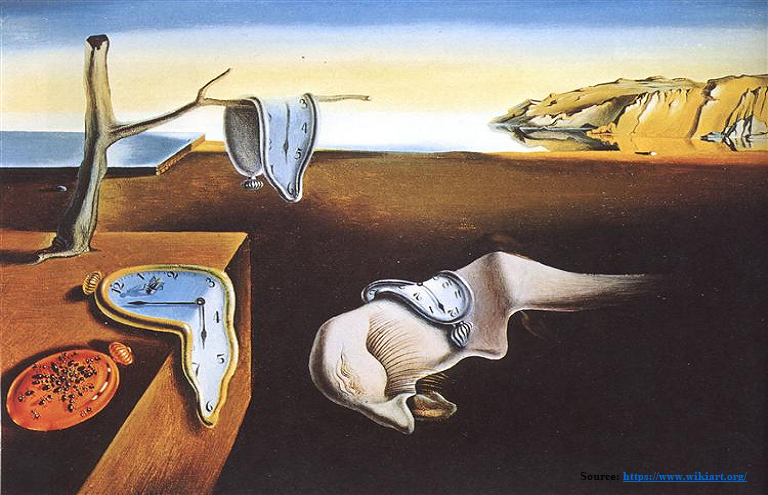
-
Abstract
Finding its origin it the late 19th century, the Abstract style of painting shuns realism and finds itself revelling in the embrace of the subjective to achieve its effect. Hence, this style does not attempt to represent an accurate depiction of a subject but instead uses shapes, colours, textures, forms, and varied gestural marks.
Abstract paintings are mostly characterized by energetic brushwork and rhythmic, dynamic compositions.
Famous abstract artist, Jackson Pollock's drip paintings might look like a big mess to some, but one cannot deny that his mural-size artwork such as ‘Number 1 (Lavender Mist)’ which embodies the artistic breakthrough he reached is a dynamic piece that holds interest. Other abstract artists, such as Mark Rothko, simplified their subject to colours themselves. Color-field works like his 1958 painting ‘White, Red on Yellow’ (image below) features only three blocks of pigment powerful enough to make anyone lose themselves.
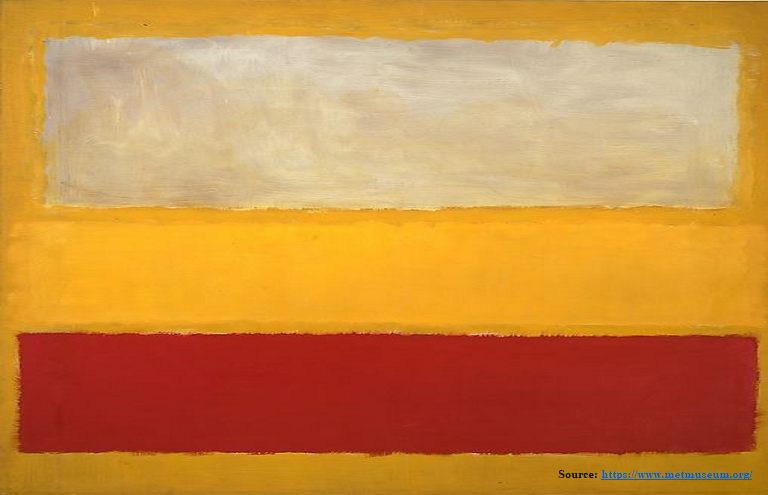
-
Photorealism
This style of painting developed in the late 1960s and 1970s in reaction to Abstract Expressionism. Photorealism artworks often seem more real than reality, as every detail is captured and no flaw is considered insignificant.
Some photorealist artists copy photographs by projecting them onto a canvas to accurately capture every precise detail while others do it freehand or use a grid system to enlarge a print or photograph.
One of the most renowned photorealistic painters is Chuck Close, whose massive mural-size portraits (image below) of fellow artists and celebrities from a gridded photograph.
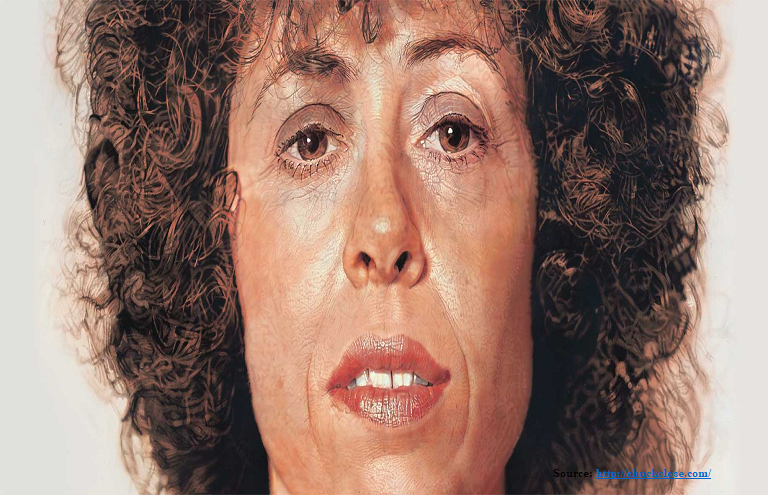
-
Pop Art
Starting back in the 1950s, this modern art style draws inspiration from commercial and consumer aspects of everyday life, particularly from the American and European cultures. By using such impersonal and mundane imagery, pop artists attempted to move away from the emphasis on feelings and personal symbolism that characterized the existing art forms.
Pop art attempts to challenge the established traditions of art by including imagery from popular and commercial cultures as opposed to elitist, including advertising, comic books, and mundane mass-produced objects such as cans, bottles, etc. to emphasize the banal or kitschy elements of any culture, quite often through the use of sarcasm and parody.
Pop paintings developed new ways of presenting subject matter in art, which tend to focus on bold colors and realistic imagery with no hidden meaning in the composition.
Some pop artists use mass production techniques such as silk screening to replicate their works, similar to the manufacturing process of consumer goods. Owing to its commercial imagery, pop art is indeed one of the most recognizable styles of modern art.
One of the most iconic paintings of this art style is ‘Campbell’s Soup Cans’ by Andry Warhol. With product labeling and logos figuring prominently, this painting mimics a mechanical method of production.
Final Words
Indeed, each of these painting styles has its own characteristics and beauty!
Which of these art styles did you like the most? Don’t forget to share your views and ideas in the comment section below!
















